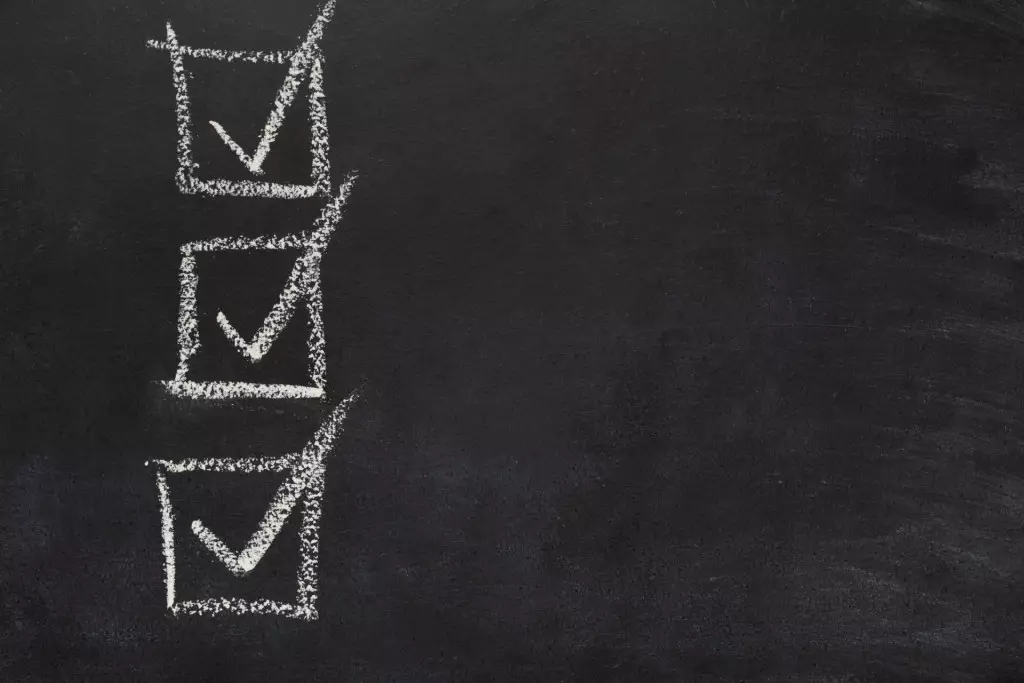Off-Label Marketing vs. Off-Label Use: A Thin Line in Pharmacovigilance
- 16/12/2024
There’s a fine line between innovation and violation regarding drug safety and regulation. Off-label use – prescribing drugs for conditions not officially approved – has been a cornerstone of medical practice, driving new therapeutic insights. But when off-label marketing enters the picture, the story shifts from patient-centric care to corporate overreach, often at the expense of safety.
This delicate balance challenges pharmacovigilance specialists to monitor unintended consequences while safeguarding the integrity of drug use. So, where does the boundary lie? And how do we ensure that patients benefit without falling victim to unintended risks?
What Is Off-Label Use?
Off-label use occurs when a drug is prescribed differently from its approved labelling by regulatory authorities, such as the FDA or EMA. Variations in dosage, patient population, route of administration, or indication can occur. While entirely legal and often supported by sound clinical judgment, off-label use exists in a regulatory grey zone, posing unique challenges for pharmacovigilance.
Off-label prescribing is common in areas like oncology, pediatrics, and rare diseases, where approved treatment options are limited. It reflects the flexibility and ingenuity of healthcare providers striving to meet unmet medical needs. However, such practices require robust pharmacovigilance systems to monitor and mitigate potential risks, ensuring patient safety remains paramount.
The Risks of Off-Label Marketing
While off-label use can be justified in clinical contexts, off-label marketing is different. This practice involves pharmaceutical companies and medical practitioners promoting off-label drug uses to customers and patients. Not only does this pose a health risk for patients who use drugs in unapproved ways, but it can also constitute pharmaceutical fraud.
Off-label marketing prioritizes sales over safety, potentially exposing patients to harm and undermining regulatory processes. It blurs the line between legitimate medical innovation and unethical corporate behaviour. For pharmacovigilance specialists, this presents a significant challenge: How can we separate responsible off-label use from dangerous off-label promotion?
Case in Point: The $3 Billion Fine
In 2012, a major pharmaceutical company faced $3 billion in fines for promoting the off-label use of its drugs. This landmark case underscored the dangers of off-label marketing, highlighting how such practices can compromise patient welfare in the pursuit of profit. The case also reinforced the critical role of regulatory oversight and pharmacovigilance in protecting public health.
Pharmacovigilance Challenges: Off-Label Use & Off-Label Marketing
The intersection of off-label use and off-label marketing presents unique challenges for pharmacovigilance professionals:
Monitoring Adverse Drug Reactions (ADRs): Off-label use often lacks the extensive clinical trial data available for approved indications, increasing the risk of unexpected ADRs.
Data Collection: Collecting and analyzing safety data for off-label uses is complex, as these uses are not systematically reported or regulated.
Ethical Oversight: Pharmacovigilance teams must remain vigilant against unethical promotion practices that may jeopardize patient safety.
Striking the Right Balance
To navigate this thin line, stakeholders must adopt a multifaceted approach:
Enhanced Reporting: Encourage healthcare professionals to report ADRs associated with off-label use, enabling pharmacovigilance systems to detect safety signals early.
Education and Training: Equip prescribers with the knowledge to differentiate between legitimate off-label prescribing and unethical marketing tactics.
Stronger Regulations: Implement stricter penalties for off-label marketing while supporting safe and evidence-based off-label use.
Transparent Communication: Foster open dialogue between regulatory authorities, healthcare providers, and patients to ensure informed decision-making.
Conclusion
Off-label use and off-label marketing represent two sides of the same coin. While one can drive medical innovation and improve patient outcomes, the other risks undermining safety and trust. Pharmacovigilance specialists play a crucial role in maintaining this balance, ensuring that the pursuit of progress does not come at the cost of patient welfare.
By strengthening regulations, promoting transparency, and fostering collaboration, we can safeguard the integrity of drug use and uphold the principles of patient-centric care.
- 08/12/2025
- Drug Safety


